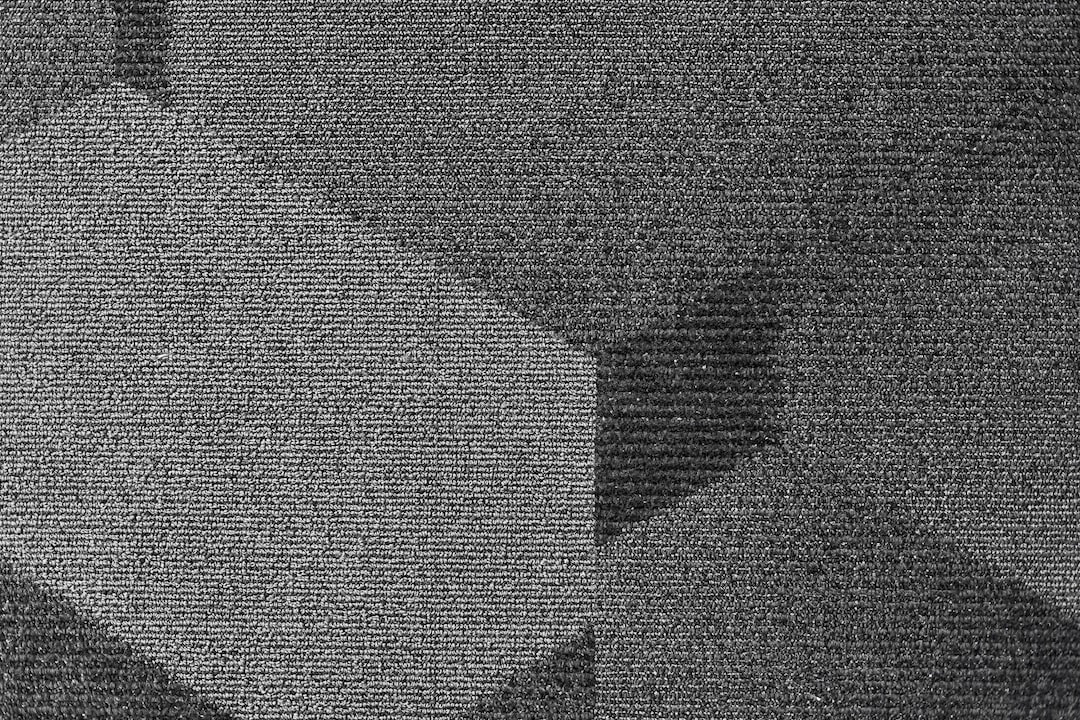The Cost of Carpet Cleaning – Is it Worth the Investment?
Carpet cleaning prices depend on the type and material of your carpet and the room’s size. Prices also vary depending on the cleaning method and whether any furniture will need to be moved.
Most companies charge a flat rate per room. However, some companies have minimum and trip charges.
Cotton
Most carpet cleaning companies charge by room, not square footage. However, if the carpeting is very large and difficult to clean, the price will be higher than for smaller spaces. It is best to check the company’s website for a full pricing list.
The type of carpet, its general condition, and the number of set-in stains all affect how much a cleaning job will cost. Stubborn stains, such as food-related and pet-related odors, usually require more shampooing and stain removal than other colors.
Most carpet cleaning companies add a travel fee for the distance they drive to your home or business. If the house is on a hill and the cleaners must carry their equipment up several flights of stairs, the charge will be more than for a flat, level building. Moving any furniture that might be in the way of the cleaners is also a good idea.
Wool
Wool carpets are durable and beautiful, but their luxurious fibers make them more expensive to clean than synthetics. The cost to professionally clean wool carpets depends on the type of dye used, as well as the style and size of the fibers. Shag, frieze and cut-and-loop combination styles are more difficult to clean than standard loop carpets. A deep clean for a small to average room containing these carpets will typically cost $75 to $165.
The best way to reduce the cost of cleaning wool carpets is to vacuum regularly in high-traffic areas at least twice a week. Pass the vacuum over rooms 5 to 7 times each time, as this will remove general sticky soil that clings to carpet fibers.
If you have a spill, immediately blot it up with a clean white cloth to prevent the stain from setting in. Do not scrub, as this can damage the fibers. Also, avoid carpet cleaners that use harsh chemicals or heavy perfumes. These products receive poor grades from environmental health organizations and may harm children or pets.
Sisal
Sisal, jute and sea grass carpeting offer a stylish alternative to wool and nylon. Due to their natural fibers, these floors are anti-static and do not collect dust mites. They also have good acoustic properties. Unlike wool and nylon, these floor coverings are not dyed so they can lose color with excessive exposure to moisture or agitation. For this reason, they are best cleaned with a dry carpet cleaning compound and vacuumed as required to prevent damage to the fibers.
Vacuuming should be done weekly using a brush-suction vacuum cleaner, not the beater bar, to avoid damaging the fibers. Regular vacuuming will help prevent soil build-up and eliminate stains caused by spilled liquids dissolving the soil accumulations. If a stain occurs, treat it quickly by blotting it with a clean cloth soaked in water and using a fabric protectant specifically designed for sisal carpets. Moisture should not be allowed to sit in sisal carpeting as this can cause dimensional change and browning of the fibers.
Synthetic
Carpet cleaning costs differ based on the type of material, length and condition, and number of set-in stains. Pricing varies by method, with some cleaners charging more for certain services.
Whether synthetic or wool, a professional carpet cleaner should clean the entire surface area of your carpet to prevent dirt from being pulled into other areas of the rug, such as the pad. A professional cleaning company should also precondition the rug with an alkaline agent for synthetics or a mild acetic acid solution for woolens before vacuuming and then steaming it.
A rug cleaning technician should also pre-treat stains with stain removers and prevent them from reappearing. Spots that are blotted immediately and correctly can reduce the cost of cleaning, especially for stains such as coffee or wine. In addition, it is important to avoid colors from setting, so quickly attend to spills and accidents with a clean white absorbent cloth.







0